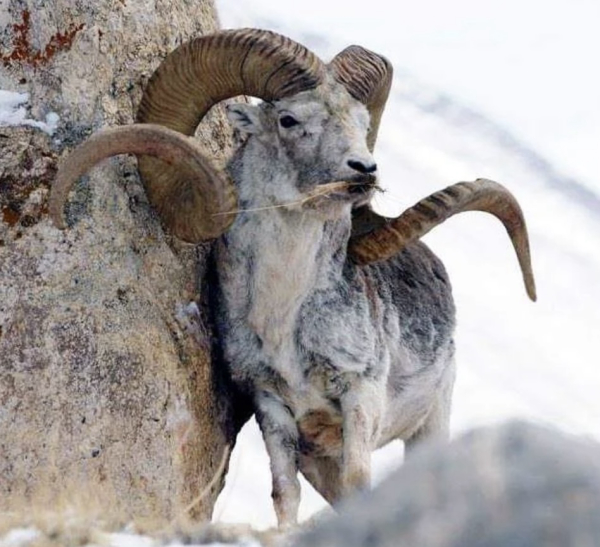Breeding trophy animals is big business. That being said, it’s not like you can expect to see truckloads of bucks sporting freakishly-large racks of antlers moving around by the truckload anywhere in this country.
Bringing big animals in to an area doesn’t mean you need the whole animal, just the “essentials” to inseminate a doe in location two. At the end of the gestation period, bingo, there’s your new monster buck.
It’s the same type of artificial breeding that’s happened in commercial livestock for decades. Just applied to select “wild” animals to maximize results in the minimum amount of time.
But the practice of breeding, or genetically engineering, or whatever you want to call it in wild animals, is covered by several issues of legality. Everything from local games laws to international ones like CITES - the Convention on International Trade in Endangered Species of Wild Fauna and Flora.
A few years ago, we first reported on a disagreement between a high-fence ranch and one of their hunting customers. After bagging their trophy buck, they also bagged the bucks “buck” parts, intending to use the semen to enhance their own herds.
It’s much the same story this week in Montana, where a man has been charged by the feds with illegally breeding and trafficking in hybrid Asian sheep. Arthur “Jack” Schubert of Vaughn, Montana, pleaded guilty to one count of conspiracy and one count of trafficking in violation of the Lacey Act, a measure passed in 1900 that prohibits trade in wildlife, fish and plants that have been illegally taken, possessed, transported or sold.
Seems Mr. Schuberth -who will be sentenced later -ran a business from January 2013 until October 2022 that sold hybrid Marco Polo argali sheep. These sheep, if you’re not familiar, are the largest of the sheep family, can weigh up to 300 pounds and have the largest horns of all sheep. Native to the high elevations of Kyrgyzstan, Tajikistan, Afghanistan, Pakistan and China, these natives of the Pamir mountain region are, as you might imagine, prime trophy animals-despite being listed as threatened under the aforementioned CITES regulations and the Endangered Species Act in the United States.

Schuberth, apparently realizing an opportunity, obtained a “part” of a Marco Polo argali killed in Kyrgyzstan, eventually having it cloned. From those cloned embryos, he got a male sheep he modestly named “Montana Mountain King.”
The next year, he began harvesting semen from “Montana Mountain King” and selling “straws” to Texas, in addition to using them to inseminate other ewes and create hybrid sheep. Over the years, Schuberth sold hybrids listed falsely on export records as New Mexico Dall sheep, New Mexico “domestic” sheep, and Bighorn x sheep.”
Schuberth’s story could serve as the prime example of what happens when you get a little too exuberant in your quest to “create” ultimate trophy animals. Especially if you’re essentially creating illegal “Frankensheep hybrids” using illegally obtained starter parts. And the Montana Mountain King wasn’t his only product. According to court documents, sheep containing 25-percent Montana Mountain King genetics were sold for as much as $15,000 each. A son, Montana Black Magic, produced sheep worth about $10,000 each.
These schemes, according to other court documents, weren’t the only efforts he’d made toward “genetic thievery” in the business he’d run since 1990. He tried to collect genetic material harvested from Rocky Mountain bighorn sheep which he then sold through interstate deals.
Again, all against state and federal game laws regarding game animal parts and the use of game animals on “alternative livestock” ranches.
Those laws, FYI, aren’t meant to stifle commerce. They’re designed to protect wildlife.
Schuberth’s “wild life” will likely be constrained when he’s sentenced on July 11.
We’ll keep you posted.
— Jim Shepherd